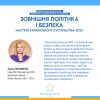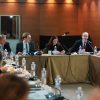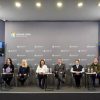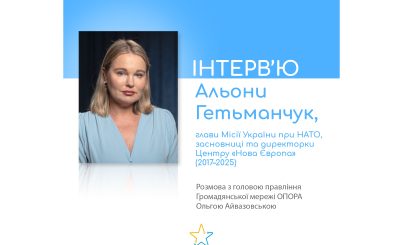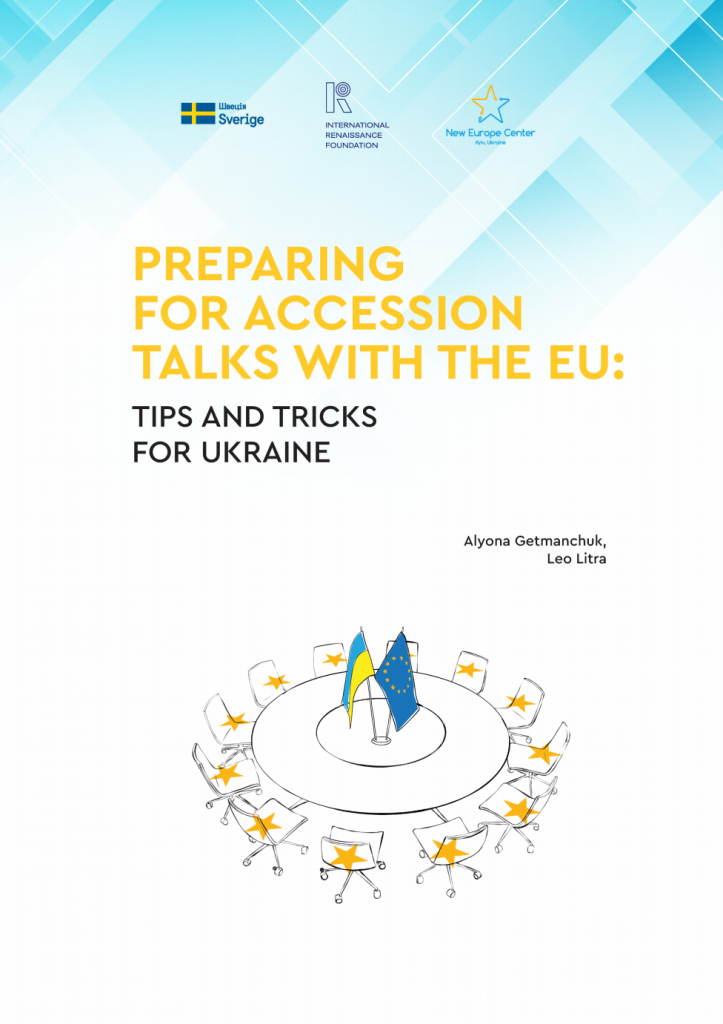
Although Ukraine was granted the EU candidate status only in June 2022, it is already preparing, to some extent, for the start of accession negotiations with the European Union. Kyiv is doing this in two ways. Firstly, it is fulfilling the seven recommendations that it received along with the candidacy. Even if some EU capitals may see these recommendations mostly as post-conditions for the candidate status, Ukraine primarily perceives them as prerequisites for opening accession talks. A positive momentum is currently observed in the implementation of many of the recommendations, which indicates the presence of political will to fulfill the obligations undertaken; that said, there are some problems in certain directions. Secondly, Ukraine is working out an appropriate negotiation structure and is actively studying the experience of other countries that have already been admitted to the European Union.
Given the critical importance of opening accession negotiations and the unparalleled conditions in which Ukraine is compelled to carry out the EU accession process, the New Europe Center has decided to make its own analytical contribution to the country’s preparation for this vital process. To this end, we have conducted a series of interviews directly with those involved in the negotiation process in certain Central European countries, namely Poland, Czechia and Latvia, whilst also making a study visit to three countries of the Western Balkans. Only one of which is already a member of the European Union (Croatia), with the other two — Montenegro and North Macedonia — having been candidates for EU membership for many years.
The text of the discussion paper is available in English here.
Authors: Alyona Getmanchuk and Leo Litra.
The discussion paper was produced under the Ukrainian Think Tank Development Initiative (TTDI), which is implemented by the International Renaissance Foundation (IRF) in partnership with the Open Society Initiative for Europe (OSIFE). TTDI is funded by the Embassy of Sweden in Ukraine. The views and interpretations expressed in this discussion paper are the authors’ and do not necessarily reflect those of the Government of Sweden, IRF and OSIFE.



